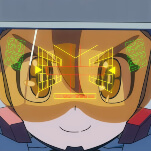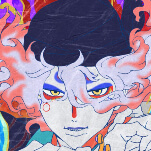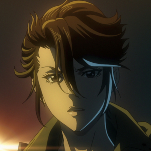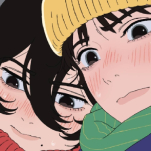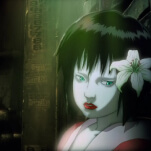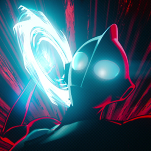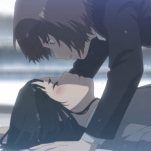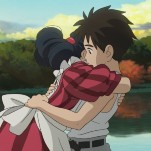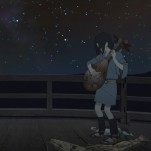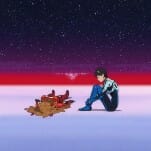Tatsuki Fujimoto 17-26 Polishes These Adapted Short Stories To a Fine Sheen
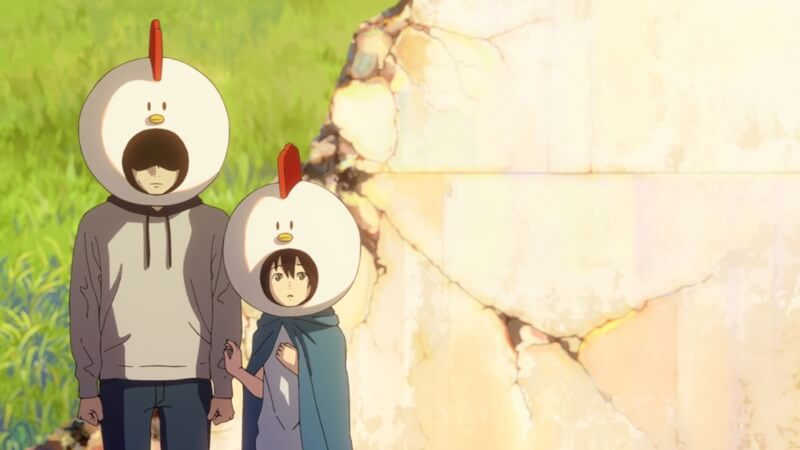
Tatsuki Fujimoto is on quite a run. As the manga artist approaches the (seeming) end of Chainsaw Man Part 2, his previous output has been receiving some of the most loving adaptations in recent memory, from the thematically appropriate artistic passion of Look Back to Chainsaw Man — The Movie: Reze Arc blasting past expectations. This kind of lavish treatment is no guarantee, even for many of the most popular and beloved series, but so far, Fujimoto has received nothing but the best.
So when it was announced that several short stories from earlier in his career were also receiving an anime, this naturally led many to wonder if this trend would continue. Thankfully, it seems this author signed a deal with the Good Anime Adaptations Devil, because the hot streak remains intact, this time in an eight-episode anthology that largely elevates its source material with barrages of visual creativity. Admittedly, two of the episodes fall a bit short, and a few plot beats are beyond saving, but as a whole, Tatsuki Fujimoto 17-26 emphasizes the compelling elements in these stories while minimizing the flaws. It’s pulpy, thorny, uncomfortable, and rough in spots, but it makes for a wild ride.
To be more specific about what’s being adapted here, eight of Fujimoto’s short stories were previously compiled in two manga volumes: Tatsuki Fujimoto Before Chainsaw Man 17-21 (his age when he wrote the stories), and 22-26. These were released in English in 2021, marking the first time most of these were officially translated.
To be frank, having read it, most of these stories don’t reach the level of his later work. While there are certainly exceptions, and you can see almost all of the author’s trademarks on display in one form or another, some of these yarns feel like unfinished thoughts, while others are defined by disconcerting elements that overshadow their strengths.
Thankfully, though, with Tatsuki Fujimoto 17-26 nearly all of these adapted shorts make the leap to animation splendidly, as experienced animators leverage artistic firepower to bring out their best element. For instance, the anthology begins with A Couple Clucking Chickens Were Still Kickin’ in the Schoolyard, which delivers the action and melodrama of its source material to soaring heights. Set in a world where humanity has been almost entirely wiped out by invading aliens, two remaining humans survive by pretending to be chickens.
Unsurprisingly, this ruse eventually goes sideways, and this is where studio ZEXCS kicks things into high gear—it’s not a shock that director Seishirō Nagaya and this studio contributed to the Chainsaw Man anime and film, because there’s a similar sense of frenetic carnage on display, as hulked out aliens crush buildings and each other. In the grandiose moments and the small, this adaptation teases out the defiance towards fascism and bigotry at the heart of this story.
Meanwhile, others like Nayuta of the Prophecy and Shikaku intensify the already striking imagery of the manga, whether in a well-rendered apocalyptic display or a gore-slicked nightmare. It all serves to amplify the central thrust of both, making the non-traditional relationships at the heart of these stories resonate more deeply. On the less violent side of things, Studio Kafka and director Kazuaki Terasawa (the studio and director behind The Ancient Magus Bride) employ stylish presentation choices that make Woke-Up-as-a-Girl Syndrome pop, with creative cuts, fun flourishes, and other touches that heighten the humor and absurdity of this core premise.
-

-

-

-

-

-

-

-

-

-

-

-

-

-

-

-

-

-

-

-

-

-

-

-

-

-

-

-

-

-

-

-

-

-

-

-

-

-

-

-


